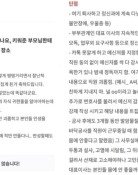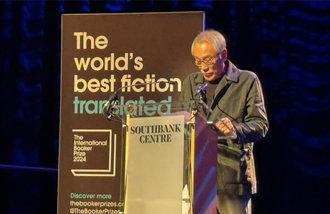Home Turf
In the 2008 general elections, none of the Grand National Partys candidates won any of the 31 electoral districts in the Jeolla provinces, a region also known as Honam. The candidates finished runners-up in just seven of the districts and the party won an average of just 7.1 percent of the vote. The Democratic Party won two of the 68 electoral districts in the Gyeongsang provinces, or the Yeongnam region. Its candidates finished second in just eight districts and the party had an average 8.6 percent of the votes in the region. No wonder that few candidates are brave enough to run where their party has a slim chance of winning.
Political parties Tuesday completed nominating more than 90 percent of their candidates to run in the June 2 local elections. The ruling Grand National Party nominated candidates in just four electoral districts in the Honam region, or 10 percent of all posts up for grabs. The main opposition Democratic Party handed out nominations in 13 electoral districts (19 percent) in the Yeongnam region. In the previous local elections four years ago, the Grand National Party fielded candidates in seven electoral districts (17 percent) of all elected posts in Honam, while its rival nominated its runners in 41 electoral districts (56.9 percent) of Yeongnam districts. This year, the parties nomination rates in the regions they are traditionally weak in are lower than four years ago.
By contrast, political aspirants are lining up to get their parties nominations in promising regions, often resulting in disputes over the nomination results. The Gwangju District Court accepted Tuesday an injunction filed by six aspiring candidates for five electoral districts in Mokpo, South Jeolla Province. The six candidates had lost in the Democratic Party primaries and want the party to overturn the results. For the ruling party, 13 candidates who failed to get the nomination for the mayorship of Yangsan, South Gyeongsang Province, also sought a court injunction. After a court accepted their complaint, the partys regional headquarters in the province had to conduct an opinion poll again for four of the aspiring candidates.
More than a few candidates running on a rival partys home turf complain of being humiliated by the locals. Regionalism remains an incurable disease in Korean politics, as shown by the countrys two biggest political parties making nominations for less than 20 percent of all electoral districts in regions known as the strongholds of their rivals. This is a sad political reality in a small country where less than three hours is needed for a KTX bullet train to travel from Seoul to the southern port city of Busan.
Both the ruling and the main opposition parties must consistently strive to embrace the other partys home turf to become parties with a nationwide support base. Yet the two parties and their candidates are not the only ones to blame. Unless voters change their regionally centered mindset, the bastion of regionalism will remain strong.
Editorial Writer Park Seong-won (swpark@donga.com)







